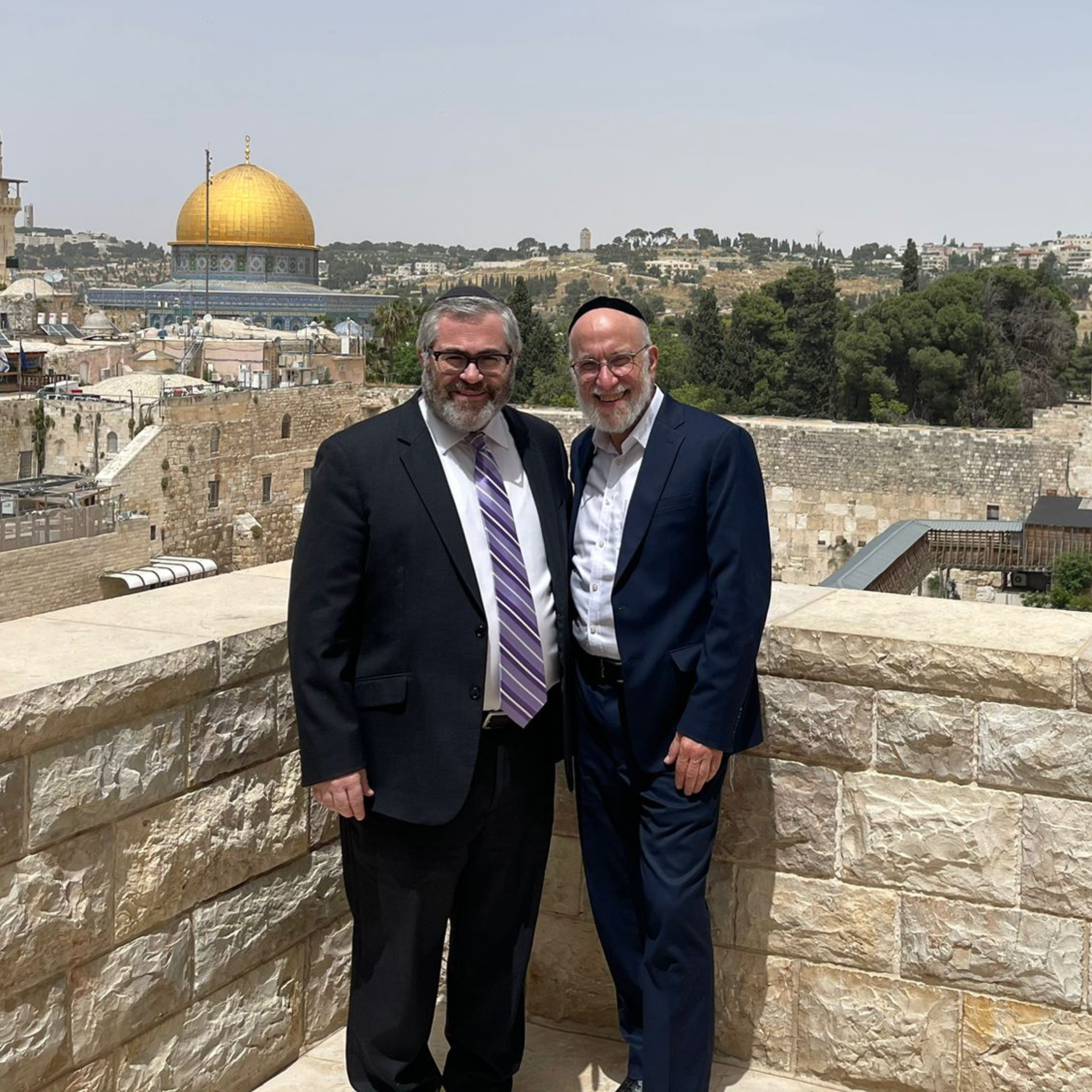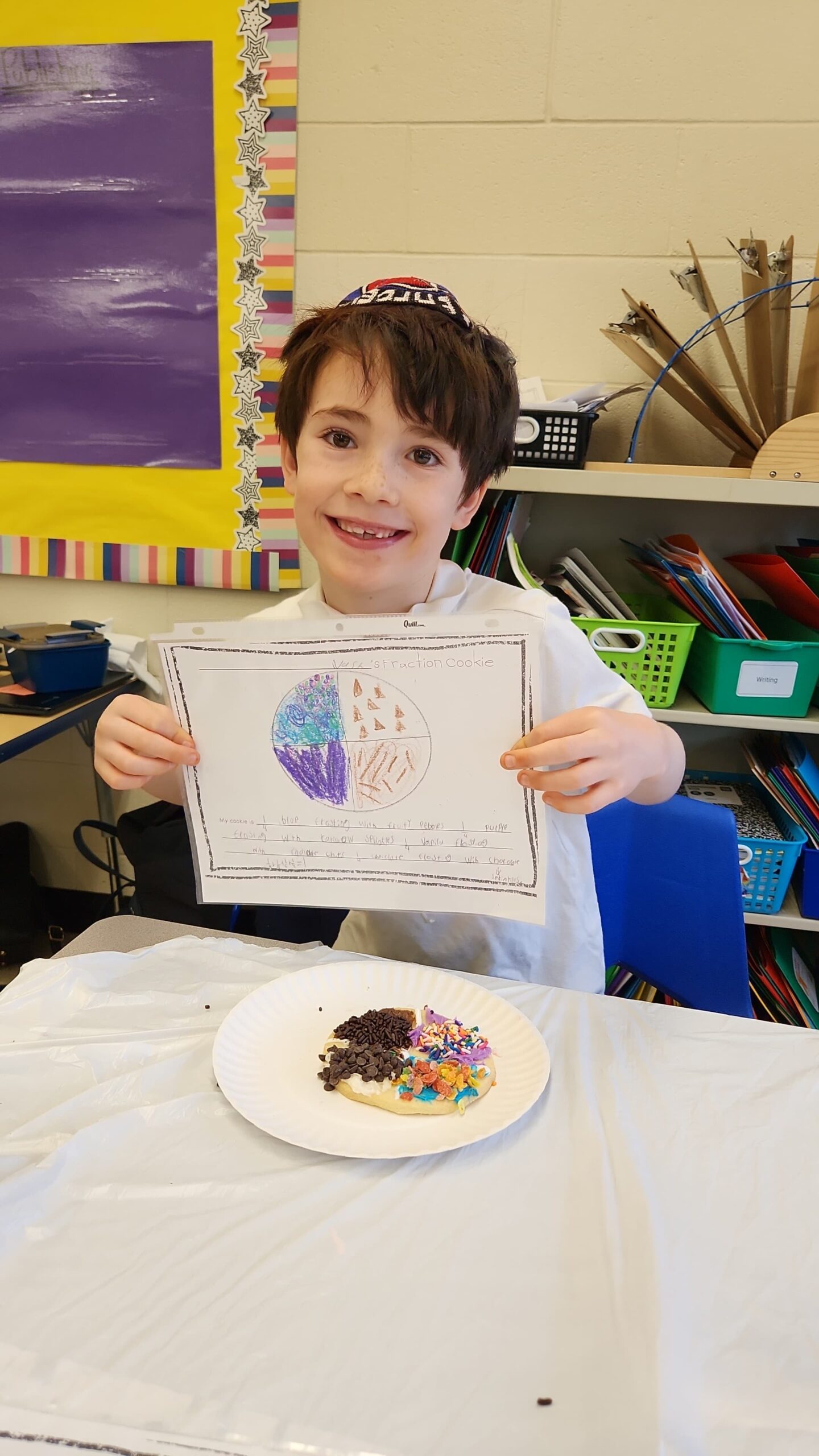Part VII
Trials and Tribulations Of Immigration
One of the main functions of the Vaad, as has been made clear, was to facilitate the immigration of rabbis and yeshiva students under a special nonquota project recognized by the U.S. Department of State. This program enabled them to come to the U.S. under “4(d)” and “4(e)” regulations. To qualify under section 4(d), a rabbi had to have been practicing in the rabbinate for at least two consecutive years preceding admission to the U.S. and seeking entry to the U.S. to continue this vocation. Wives and unmarried children under the age of 18 could accompany or follow him if the Consul concluded the rabbi could support them on the salary he was guaranteed in his contract. The contract had to be signed by the congregation employing the rabbi, with an attached notarized report verifying the congregation’s ability to fulfill the monetary requirements of the contract.
Legitimate students at least 15 years old who wanted to study in an accredited academic or religious institution in the U.S. could be admitted under section 4(e), noted historian Bat-Ami Zucker. Since they were to be in the U.S. for a limited period, they had to prove that they had sufficient funds to sustain themselves. The students also had to prove that when their studies were completed, they would return to Europe or go to another country, but not remain in the U.S. Nonquota immigrants “were not subject to numerical limitations.”
Unprecedented Access to Visas
In July 1946, Irving Bunim, Stephen Klein and Rabbi Joseph Baumel of the Mizrachi met with Dean Acheson, then-Under Secretary of State (1945-1947), to obtain 4(d) visas for those from Shanghai. As historian Jonathan Helfand pointed out, after the meeting with Acheson, the State Department “borrowed help from the [American] Consuls” to start processing 250 men, women and children.
In November 1946, Bunim announced that the Vaad had paid part of their transportation to the U.S., and that they were still the Vaad’s responsibility. Then 300 additional visas became available, and Acheson promised he would use the 4(d) visas for the rabbis and yeshiva students in Europe just as he had for the rabbis in Shanghai.
After the meeting with Acheson, Helfand quoted Bunim, who proclaimed he “became our best friend.” The reason was clear:
“Instructions went out to all Consuls to process the rabbis and yeshiva students. They have made concessions that are unknown and unheard of in the entire history of the U.S. They allow us entirely to certify that a man is a rabbi or student, and they take our word for it without their own investigation. Furthermore, we investigate the synagogues, and if we say a synagogue is reliable and financially responsible, they ask no questions. They have given us a man here in New York, with instructions from Acheson, to proceed with this work. When he came to the Crown Heights Yeshiva [where Baumel was the principal] and saw all the work being done there, he put them down for three extra rabbis. When Torah Umesorah gave them a program and asked for 30 rabbis, he said they could use 50. They rushed down to us asking whether they should assume responsibility for 50 rabbis.”
Before this meeting, Helfand added, it took a year-and-a-half for rabbis to obtain a visa. It took between four to six months before they could see a Consul. Rabbis had to prove they had semicha (rabbinic ordination), which then had to be approved by the State Department. Then the synagogues offering them employment had to be investigated, But by working with the Vaad, the rabbis did not have to go through this process. When the cases went to Washington, they cabled the Consul who called the rabbis to come and pick up their visas. Dr. Isaac Lewin opened two consulates, one in Vienna and the other in Prague. His attempts to open consulates in Lodz and Warsaw, however, failed.
When the Vaad completed its paperwork on a case, it was turned over to Acheson’s representative in New York, according to Helfand. Once he approved it, the Vaad received a letter from the State Department. If a student was married, his wife received a visa to allow her to accompany him to the U.S. When the State Department asked if they should send letters or cables to the Consuls, the Vaad asked that cables be sent at Vaad expense to expedite the procedure. When the Vaad requested a visa for a woman teacher, the State Department wondered how a woman could be a rabbi. After the Vaad explained the importance of women teachers in Jewish education and in Jewish life, the State Department issued the permits.
As of late October 1946, 148 visas were approved, Helfand said: 30 had been received, 200 were still pending in the Visa Division in Washington, bringing the total to 378 cases. By early November, the number was closer to 500. All of these visas were nonquota visas. All visas Bunim mentioned were nonquota visas. “They did not take … any space reserved for another Jew. They come in over and above the quota.”
*These are excerpts from Alex Grobman, “Battling For Souls: The Vaad Hatzala Rescue Committee in Post-War Europe” (Jersey City, New Jersey: KTAV, 2004).
Dr. Alex Grobman is senior resident scholar at the John C. Danforth Society, member of the Council of Scholars for Peace in the Middle East.











